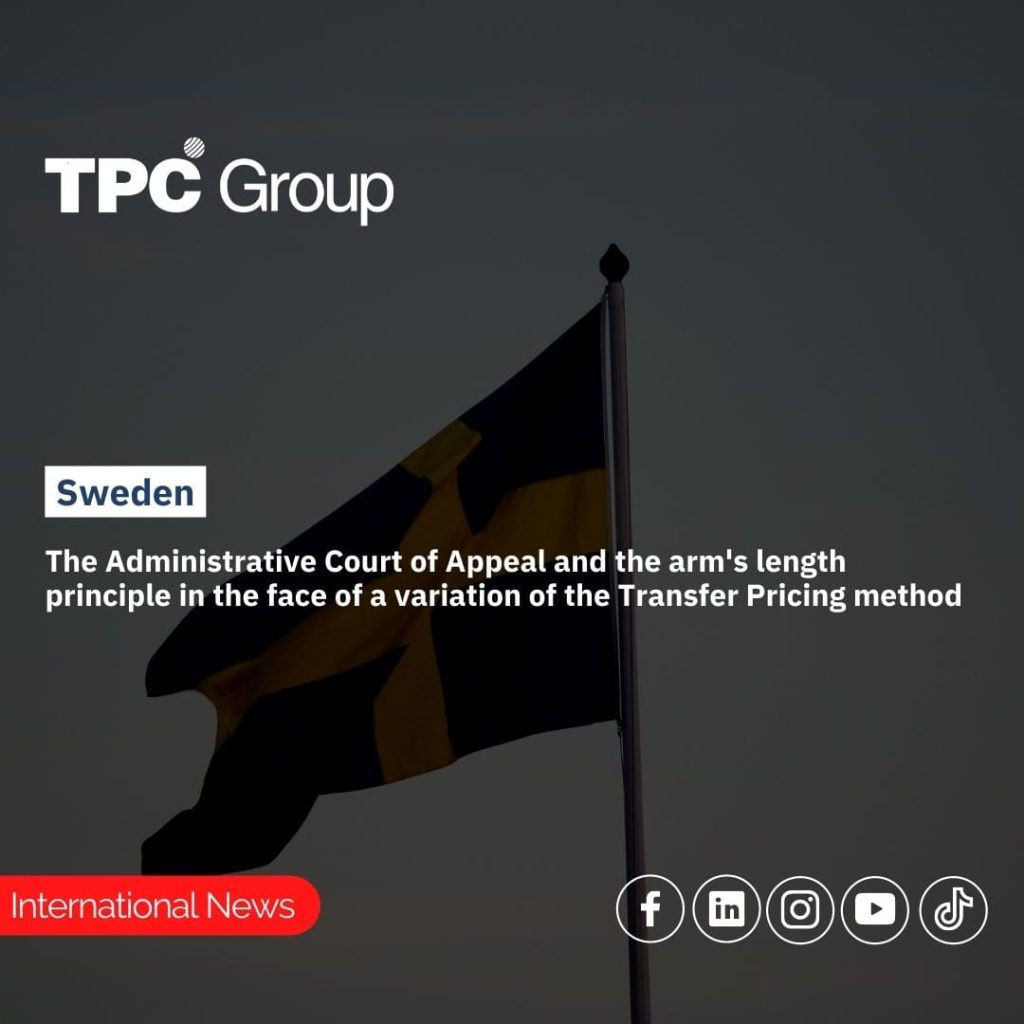The Stockholm Administrative Court of Appeal decided whether the Swedish Tax Authority had proved that the profits allocated to the CMA CGM Scandinavia AS branch under the commission model in 2014-2015 did not comply with the arm’s length principle.
Background
The Swedish branch of CMA CGM Scandinavia AS in Norway acted as a sales agent and provided shipping services. Prior to 2016, the company was remunerated on a commission basis for the services provided. This commission was calculated based on the volumes shipped and resulted in losses for this branch in 2014 and 2015.
In 2016, the transfer pricing method was changed from a commission-based model to a cost-based model plus the use of a margin on total costs as a profit level indicator. According to the branch’s documentation in 2016, it was considered to be a limited risk service provider entitled to frequent remuneration.
During 2014 and 2015, the branch’s taxable income was not considered to be in line with the arm’s length principle, due to internal arrangements, according to the Tax Authority. It was claimed that the branch acted as a limited risk service provider and that the commission-based model used for profit allocation to the branch did not reflect its role and risk profile.
The company did not provide evidence that any function or risk assumption had changed, which triggered the update in the transfer pricing method. However, it argued that the model change was mainly due to macroeconomic circumstances and that the group wanted to implement a less volatile model for its agents.
According to the Tax Authority, any change in the allocation of risks between the parties was due to the change in the transfer pricing method and not to actual changes in the functions performed or assets employed by the branch.
Therefore, it decided to adjust the branch’s taxable income for 2014 and 2015, using the transactional net margin method, with a surcharge on total costs as an indicator of the level of profit and applied tax surcharges for providing incorrect information as a basis for taxation.
The branch appealed the decision and argued that the tax authority should consider the branch’s total taxable income over a longer period and take into account the branch’s most profitable years. In that regard, the total taxable income during the 2009-2015 period under the commission-based model was higher than it would have been using the cost-based method, according to the branch.
In addition, the branch stated that, in the shipping industry, a commission-based model was commonly used and that the branch’s fluctuating results were simply due to variations in shipping rates and the price index.
Court’s decision
The court agreed with the trial administrative court and concluded, as did the taxing authority, that the branch’s functional and risk profile was routine both before and after the model change. Therefore, the branch was considered a limited risk service provider in 2014-2015.
The branch was required to have taxable income reflecting its limited risk profile, which was not the case during 2014-2015 when the branch was in a loss position. The Court referred to existing case law where multiple years are considered in determining an arm’s length remuneration.
The use of multi-year data requires the methodology applied to be in line with the functions, risks, and assets of the branch for all years. The transfer pricing method used during the years before 2014 was not in line with the functional profile. Therefore, the multi-year analysis could not be applied in this case.
Finally, the Administrative Appeals Tribunal concluded that the taxable income allocated to the branch in 2014-2015 was not in line with the arm’s length principle and should instead be allocated according to the Tax Authority’s calculations, including tax surtaxes.
Source: MNE TAX 28/01/22




